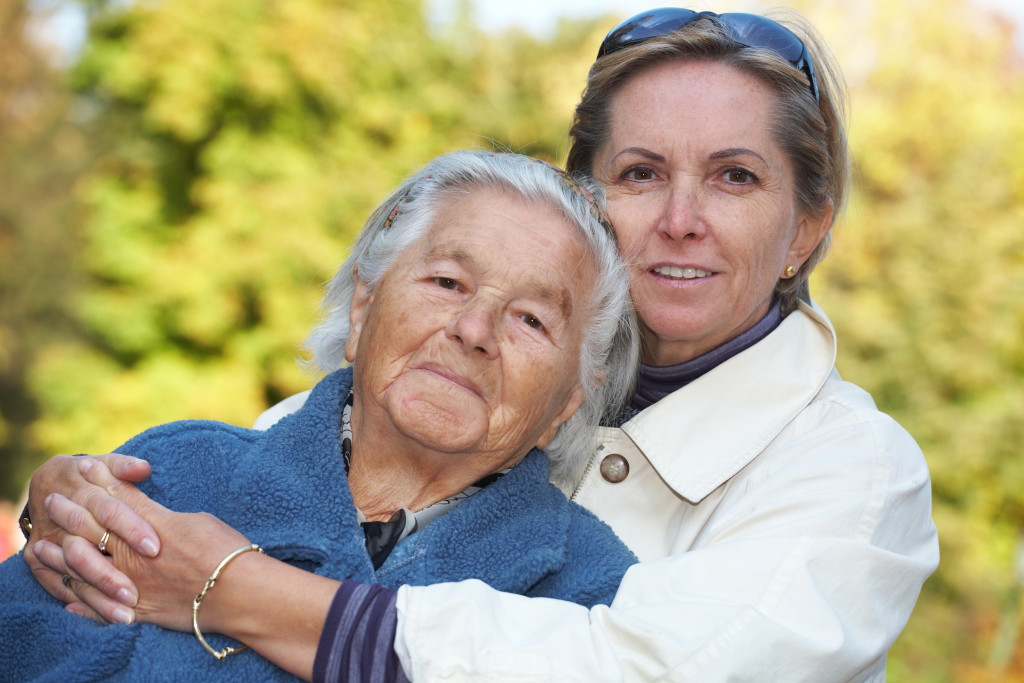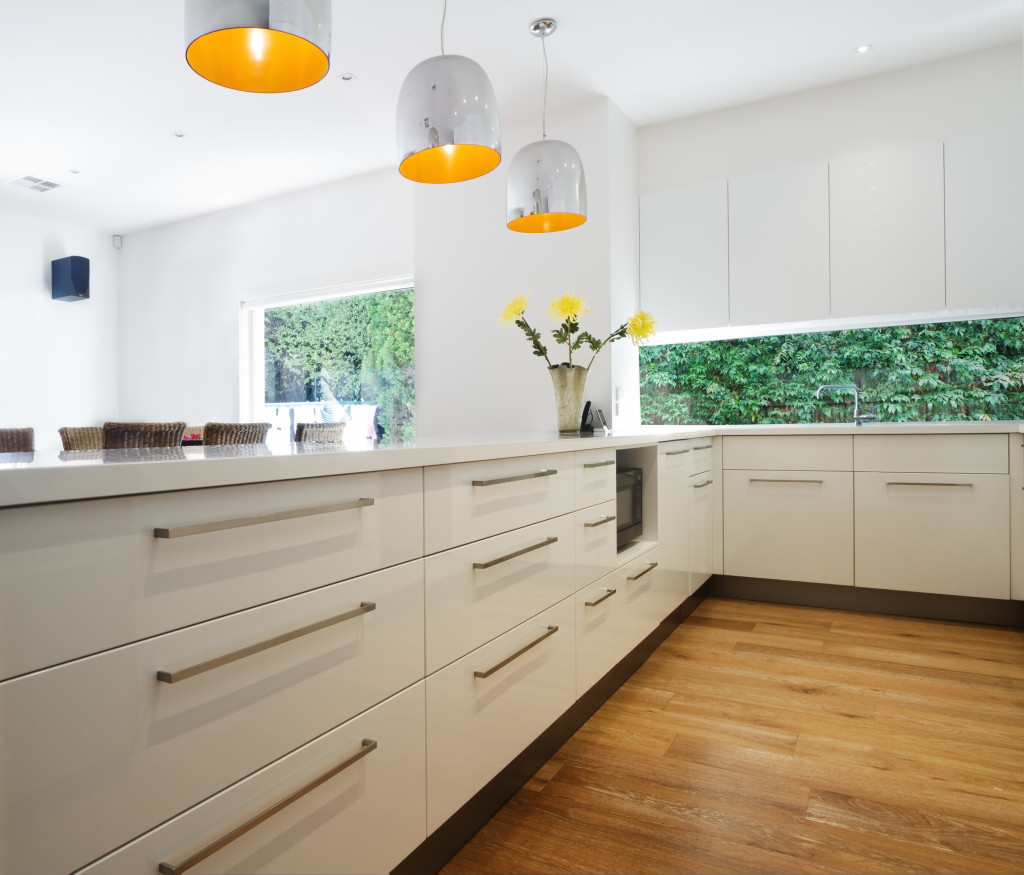If you have a loved one who requires assistance with daily living, you’ll want to make their life as easy and comfortable as possible. As people age, their bodies change, making it harder to do some things they once found effortless, like going up and down stairs or carrying groceries inside the house.
If you’re currently caring for elderly relatives in your home, you might want to make some simple changes around the house that will make things easier on everyone in the long run. To that end, here are seven steps you can take to improve your home and the lives of the elderly in it.
1. Arrange Furniture for Easy Movement
Moving in and out of your home requires a lot of energy. Keep your elderly loved one’s movements simple by arranging furniture for easy movement. Remove all throw rugs, debris, and clutter from walking paths inside and outside of your home, which will help avoid falls. Adjust lighting levels in areas where it might be challenging to see at night. Ensure doors are wide enough and knobs are large enough. That way, they can quickly open and close without knocking into each other or banging on walls.
2. Provide Clear Pathways
Seniors should have few, if any, obstacles in their homes. Remove small household items like throw pillows or clutter, which can be tripping hazards. You should keep pathways clear. Seniors might suffer from impaired eyesight or hearing, so make sure they know where they’re going! Clear entrances and exits are also critical. Elderly folks mustn’t feel trapped by their home. If they walk with a cane or scooter, ensure that openings are wide enough to accommodate them.
3. Lower Light Fixtures
Most seniors have diminished eyesight. Since using your eyes is an essential part of staying in your home, making your house as easy as possible on their vision is essential. You can do that by lowering light fixtures and replacing those with dimmer switches or compact fluorescent lamp (CFL) bulbs. Older folks also might need help getting out of bed, so make sure bedding sets aren’t too high off the ground. And when you shop for furniture and appliances, keep things like cabinet heights in mind—but also consider electronics they might need.
4. Consider Hiring a Home Health Professional
Instead of a long, drawn-out end of a beautiful life, you must focus on comfort and quality time with your elderly loved ones. With that in mind, you can opt to hire a professional home health aide. This service can mean your elderly loved one can spend more time at home surrounded by family instead of them moving into an assisted living facility. It also means that senior citizens are less likely to need a nursing facility after any number of surgeries or illnesses. Whether dealing with stroke symptoms or cancer treatments, many patients find that a caring home aide can help them manage their daily routine while improving their quality of life.
5. Minimize Sharp Edges in Homes
A common tripping hazard in most homes is a sharp edge on furniture. Sharp edges can cause falls by causing people to stumble over them and by damaging floors and carpets. An excellent first step toward making your home safer for older folks is to cover up any sharp corners and replace wooden furniture with lighter items made of plastic or rubber.
You should also remove all throw rugs that might cause someone to trip. Knives are another potential hazard in many homes. If you have many knives at home, get rid of as many as possible. Blunt objects are much safer than sharp ones around senior citizens, especially those who might be less steady on their feet.
6. Space for Their Exercise
If you’re living with an elderly loved one, it’s essential to design a well-suited space for their needs. The kitchen and bathroom are two rooms that should be easy to navigate, so make sure there is plenty of walking room around appliances and floor space in front of mirrors. Next, you’ll want a comfortable place for them to sit—the chair should be at an appropriate height and close enough to dinner tables that they can easily reach their food.
7. Provide Handrails
Often, stairs are a place where falls occur. For seniors inside homes, it’s essential to make sure your home is free of trip hazards like cluttered steps and tricky-to-navigate staircases. You can add handrails or install a handrail in an existing staircase as a safety measure. You can even qualify for federal tax credits if you use certain types of railings.
Maintaining independence is essential to your elderly loved ones’ well-being. By making a few minor changes in their home, you can help them avoid dangerous falls and improve their quality of life. Although some of these improvements cost some considerable investment, view them as investments in their health and happiness. And remember, there are plenty of things you can do on a budget; think outside the box.

